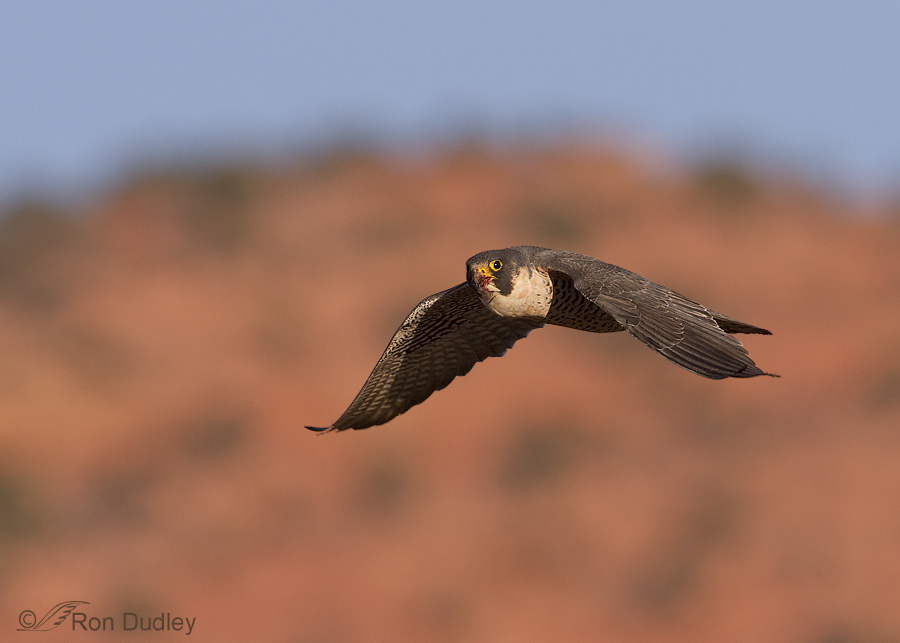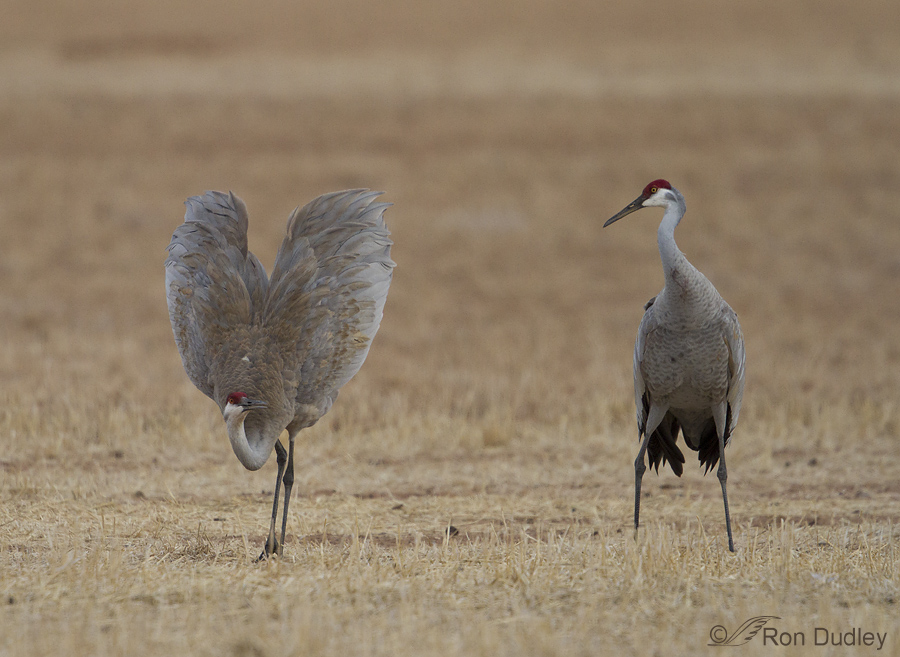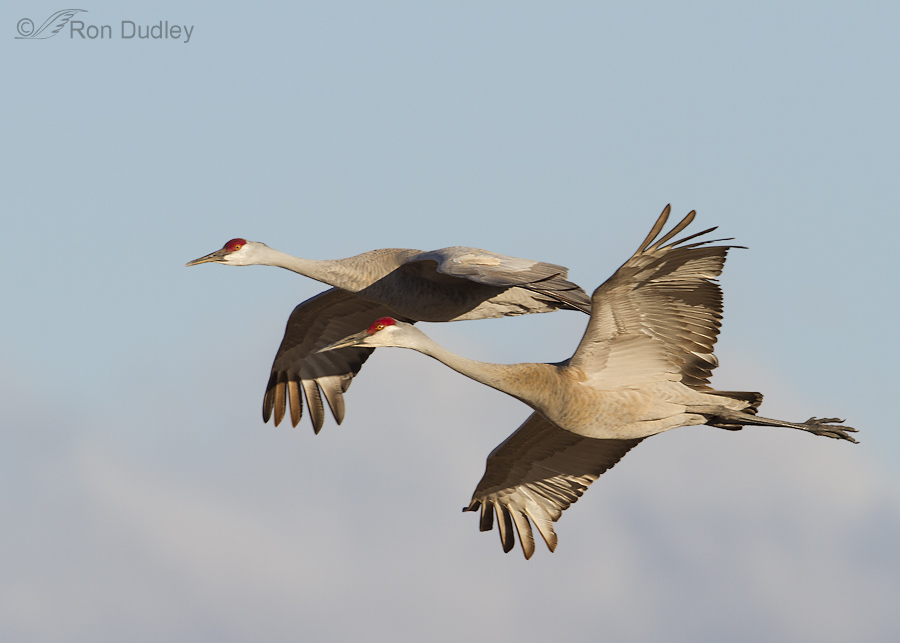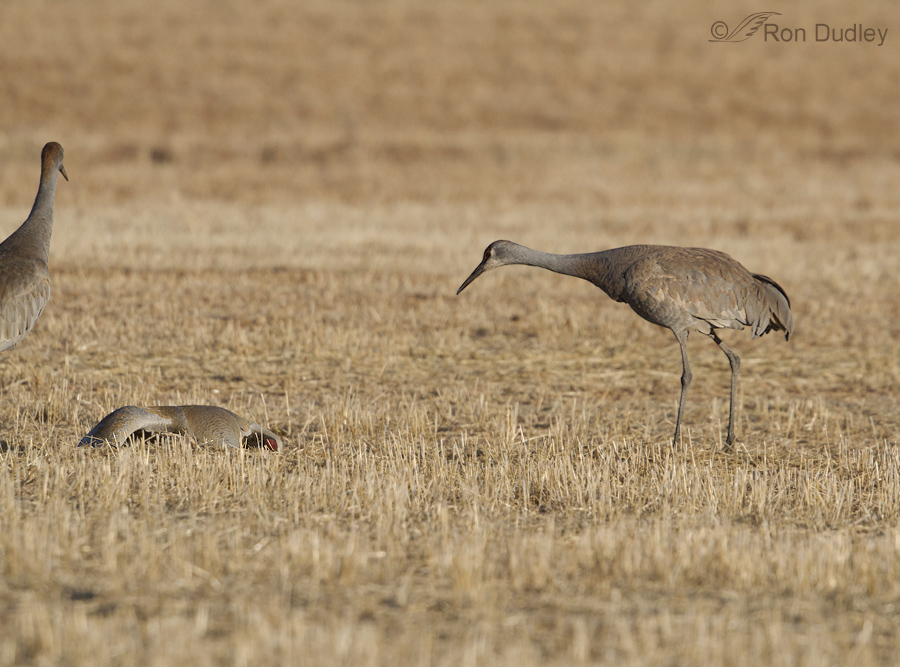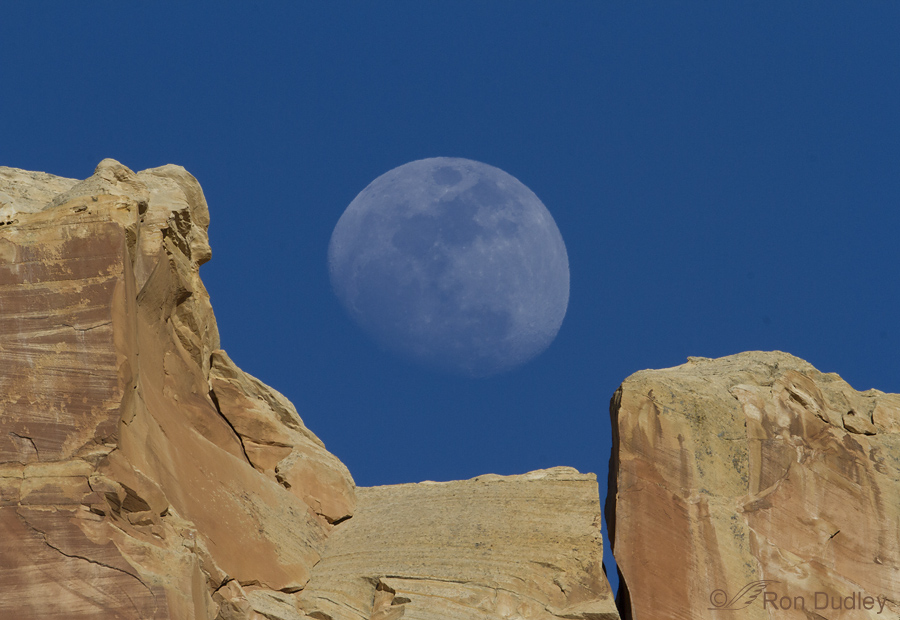Sandhill Crane In Flight
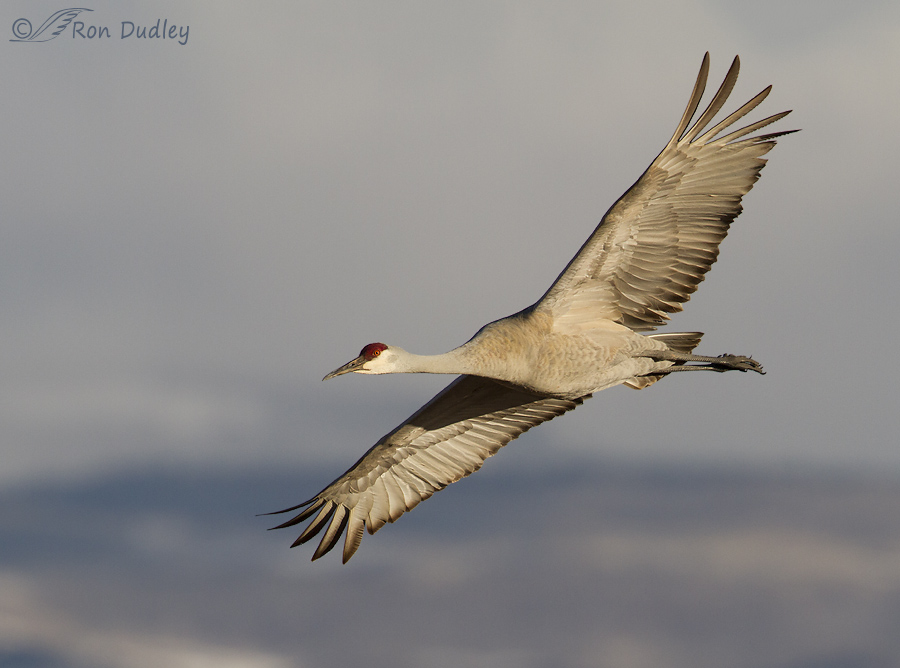
I started thinking about Sandhill Cranes for this post because a few days ago I drove through some of the mountain valleys in the Wasatch Range where I usually see these birds this time of year and they seemed to be totally absent. I hope that was just a happenstance of observation and not an actual fact. Earlier this spring I did see a lot of them migrating through.


